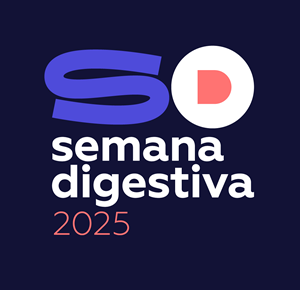Methods:PBUB was defined as upper gastrointestinal bleeding within 30 days after EBL. All EBL procedures performed in a tertiary center, between 2015 and 2021, were analyzed retrospectively. Patients with noncirrhotic portal hypertension or submitted to EBL for treatment of acute variceal haemorrhage were excluded.Results: 871 prophylactic EBL, performed in 281 patients, were included. PBUB occurred in 20 cases (2.3% of procedures; 18 patients) within a median time of 11 days (IQR 8-17). Most patients were male (94.4%) and median age was 58 years (IQR 50-69). 77.8% patients were Child-Pugh B. Most PBUB occurred after primary prophylaxis (70.0%) and of those, 52.9% occurred after first EBL session. Endoscopic plus medical treatment (sucralfate plus pump proton inhibitors) was performed when high-risk stigmata were present (clot=6, visible vessel=2, active bleeding=3). Polidocanol was the preferred treatment (63.6%). Despite a technical success of 100%, re-bleeding occurred in 5 cases (45.5%). The remaining cases received only medical therapy (clean base=9). Re-bleeding occurred in 33.3% of these patients. 4 patients (22.2%) died before home discharge for causes related to bleeding episode. 6 and 12-month mortality rate were 44.4% and 72.2%, respectively. Portal hypertensive bleeding and hepatocellular carcinoma were the main causes of death (38.9% and 22.2%, respectively).Conclusion:Most cases of PBUB occurred in primary prophylaxis and after first EBL session. Re-bleeding was a frequent event, even after adequate endoscopic treatment, posing PBUB as a life-threatening complication. Our results reinforce the beta-blockers role as the preferred method for variceal bleeding primary prophylaxis.

 Semana Digestiva 2025 | Todos os direitos reservados
Semana Digestiva 2025 | Todos os direitos reservados